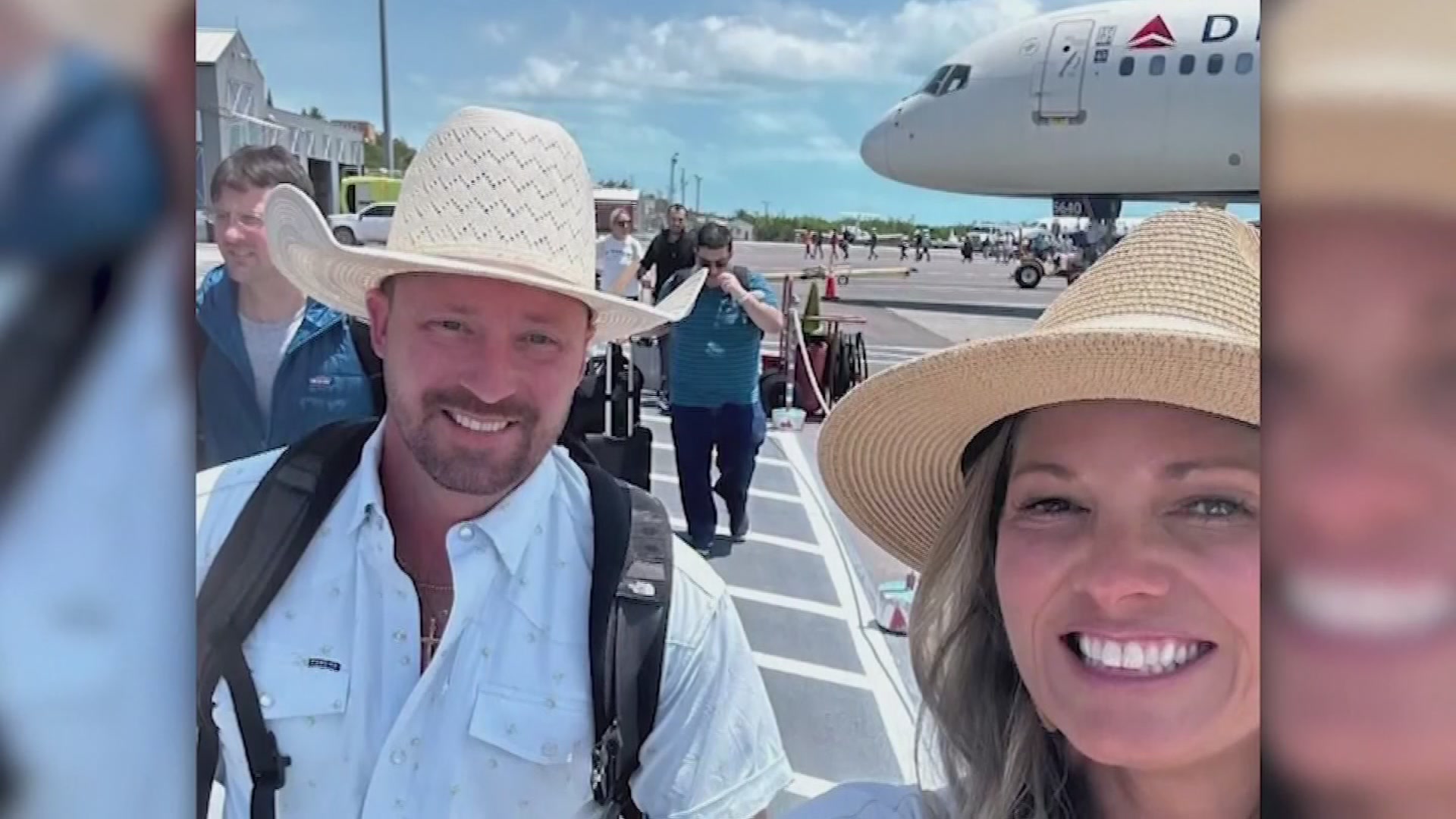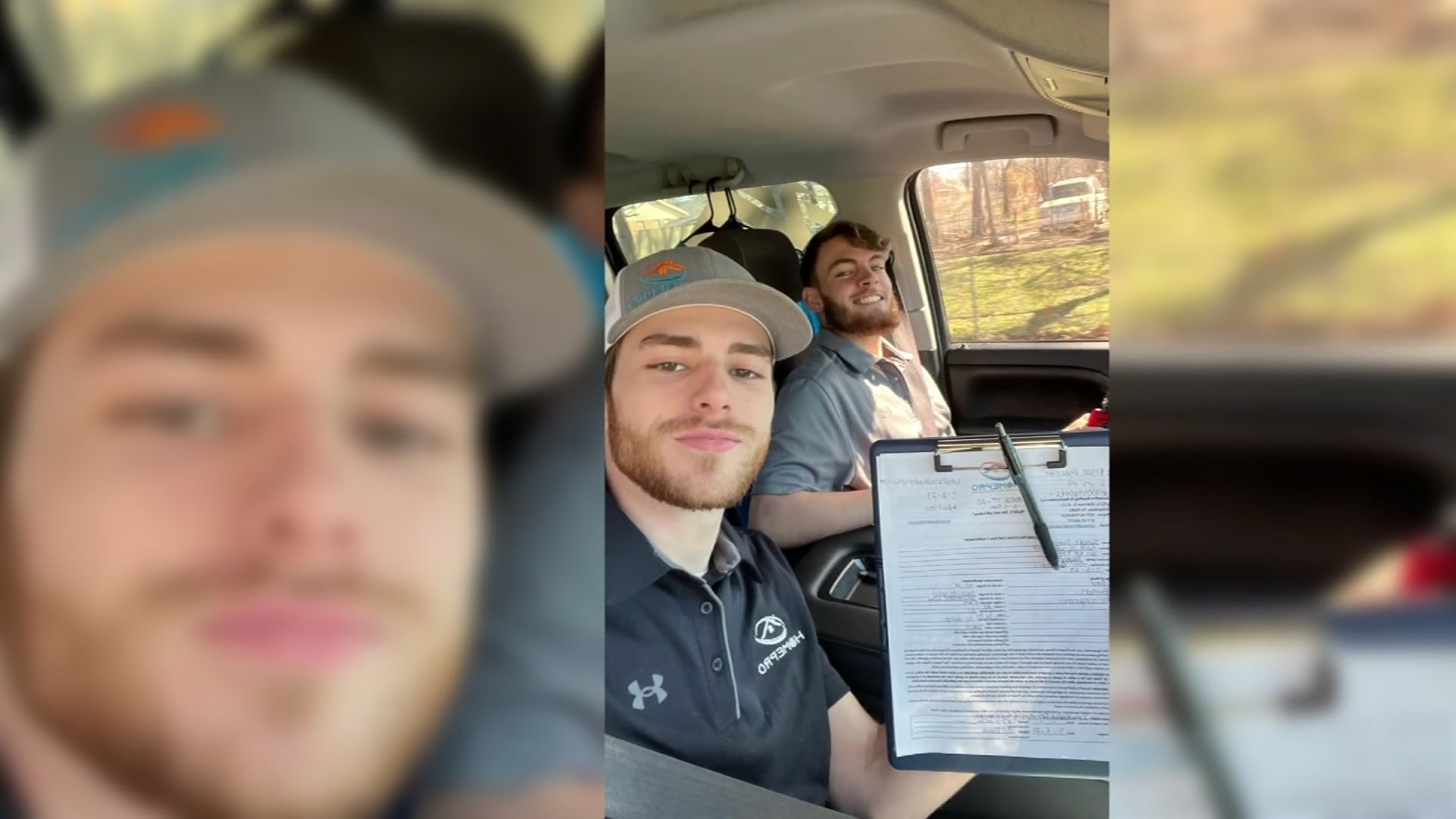Just before an American Airlines plane ran off a Wyoming runway last December, the pilots struggled to engage the brakes and thrust reversers that help slow speed, according to documents released Friday.
None of the 181 people aboard Flight 2253 from Chicago was injured in the incident at the Jackson Hole airport, but the material made public by the National Transportation Safety Board raises questions about the Boeing 757-200's braking system and the pilots' actions.
The pilots had anticipated a rough landing as they approached the airport, according to a cockpit voice recorder transcript and other documents.
Light snow was falling and conditions were icy. On top of that, the airport's runway is short. The pilot of a smaller plane that had just landed told air traffic controllers that the first two-thirds of the runway were fine, but braking was "poor" on the final third.
A few minutes before landing, the American captain told passengers: "We don't try and make a smooth landing here at Jackson Hole. We just put the aircraft on the runway very quickly and firmly and go into full reverse and then use a heavy amount of braking (to) make sure we stop in the first part of the runway. So just be aware of that that's normal procedure for a mountain airport."
As the plane touched down, the pilots struggled several times to engage the thrust. "No reverse ... I can't get it," said the first officer, who was at the controls. They finally succeeded, but by the plane was nearly out of runway.
The captain's call for the brakes to be used was followed by sounds of physical exertion, mechanical clicks and thumps. "All right, I got max brake," he said.
Local
The latest news from around North Texas.
But four seconds later the first officer swore, and then said: "I don't know what the (expletive deleted) is wrong. ... We're screwed."
The plane is then heard thundering off the runway. It came to rest in deep snow 730 feet past the end of the runway.
"Well ... end of our career," the captain said.
But the first officer insisted, "It's not the end. We did everything right. We didn't get the thrust reversers."
American did not immediately respond to an inquiry about the current stratus of the pilots.
The pilots did acknowledge in interviews with investigators that they didn't try to manually engage the plane's speed brakes -- essentially wing panels that pop up -- as American's procedures require under the circumstances.
The safety board is continuing to investigate the Dec. 29 incident. The transcript was released along with more than 300 pages of evidence gathered by investigators, who will try to now figure out what caused to the overrun and make safety recommendations.
Runway overruns are the most common type of airline accident worldwide, according to the Flight Safety Foundation of Alexandria, Va., which promotes global aviation safety. Of the 1,508 aviation accidents between 1995 and 2009, 442, or nearly a third, were runway excursions, the foundation said.



